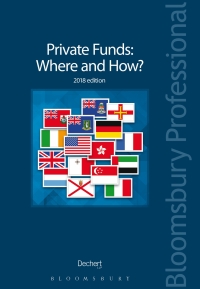Question
The Gerani Investment In 1992, Ted, a US investor, born in Greece, in fact, in Crete, begins to operate a hotel on the island of
The Gerani Investment
In 1992, Ted, a US investor, born in Greece, in fact, in Crete, begins to operate a hotel on the island of Crete in Greece. The government of Greece eager to attract foreign exchange subsidizes hotel development in the context of European Union law. The subsidy occurs in two forms. The first, the cost of the project, it subsidizes to the extent of 40%, so it will grant him $2 million on its $5 million cost. The second is it pays 55 % of the interest rate(i), which in 1992 is .15 and which total interest translates to $300,000 annually. The components of the investment are $1 million of his own equity, $2 million of debt and $2 million of subsidy he receives from the European Union. The law allows a 20 year straight line depreciation.
The hotel which Ted and Lefi, his partner in Greece, develop have 100% occupancy during June-September and 60% occupancy in March, April, May and October. The operational expenses for the rooms are 95% of the revenues. The nightly charge is 30,000 drachmae, and the ER is 200 Dr/$. The hotel also has 5 meeting rooms of varying capacities and 3 restaurants and 3 bars. They generate about $1 million ($200 million drachmae) sales per annum, out of which 20% is the net profit margin. From 92 till 2000 the hotel has 180 rooms, but by 2000 it grows and has 230 rooms. They also build an upscale restaurant, which unfortunately does not do well, so its contribution to profit is minimal. However, the meeting rooms and other restaurants do exceptionally well, and they generate between 200-2007 double the sales they generate in the first 8 years per year.
By 2000, Greece enters into the euro. The hotel develops a reputation, and is in great demand by tourists, and so it raises its prices to $250 per night in equivalent euros, of course.. At the end of 2000 the ER is about $.96 per euro. At the end of 2007 it is $/euro 1.48. Thus, the average is $/euro 1.22. Additionally to the aforementioned, we also know the following. The tax rate is 50%, the bheta of the Gerani hotel is 3, the Greek T bond rate is 10% and the risk premium is 7%. Rates of interest on small hotels equivalent to this hotel are 15%
Analyze the profitability of the Gerani investment using an NPV approach, or IRR one. You need to show the derivation of the net cash flow and the cost of capital and net present value.
Step by Step Solution
There are 3 Steps involved in it
Step: 1

Get Instant Access to Expert-Tailored Solutions
See step-by-step solutions with expert insights and AI powered tools for academic success
Step: 2

Step: 3

Ace Your Homework with AI
Get the answers you need in no time with our AI-driven, step-by-step assistance
Get Started


